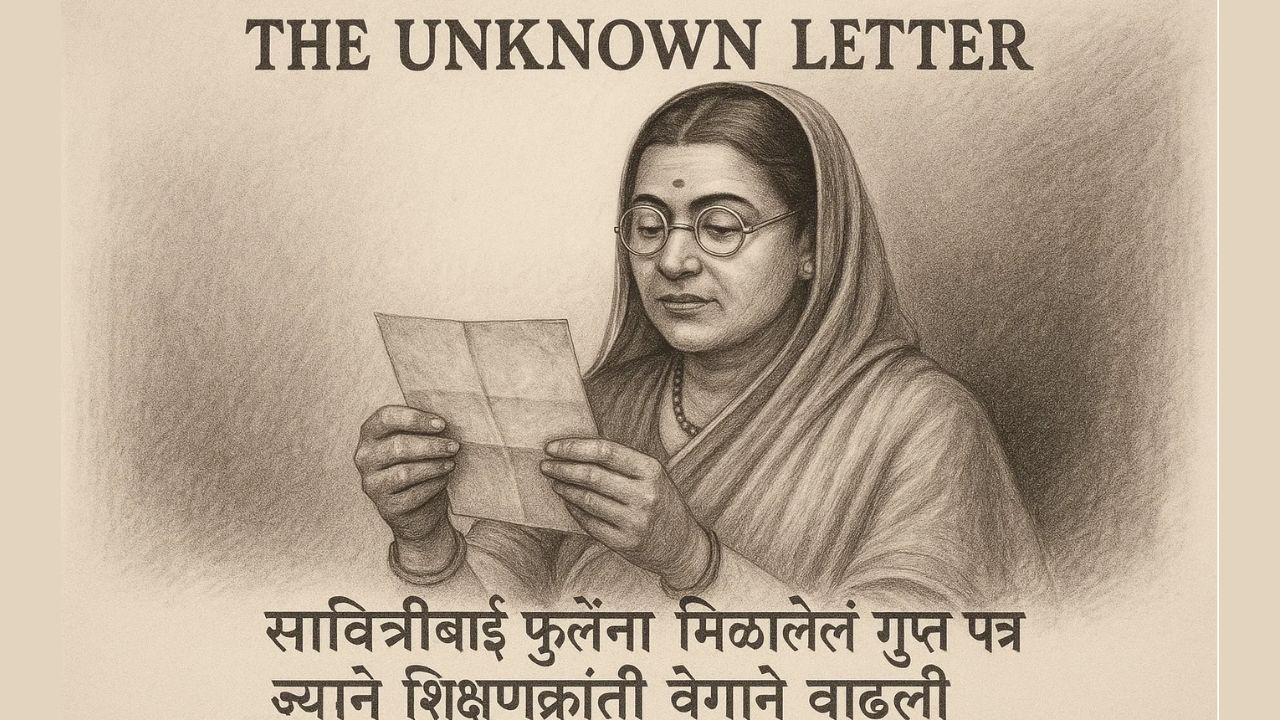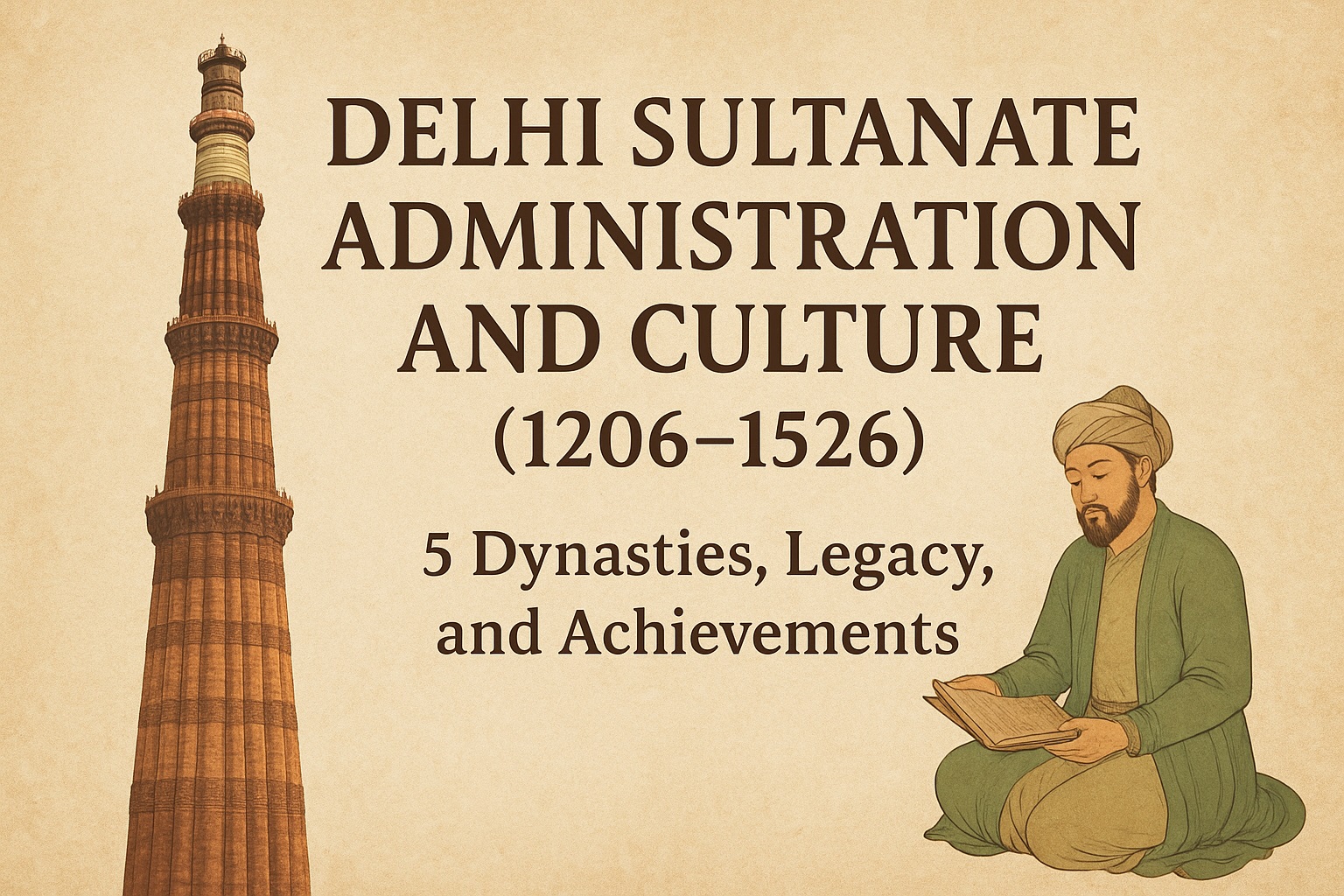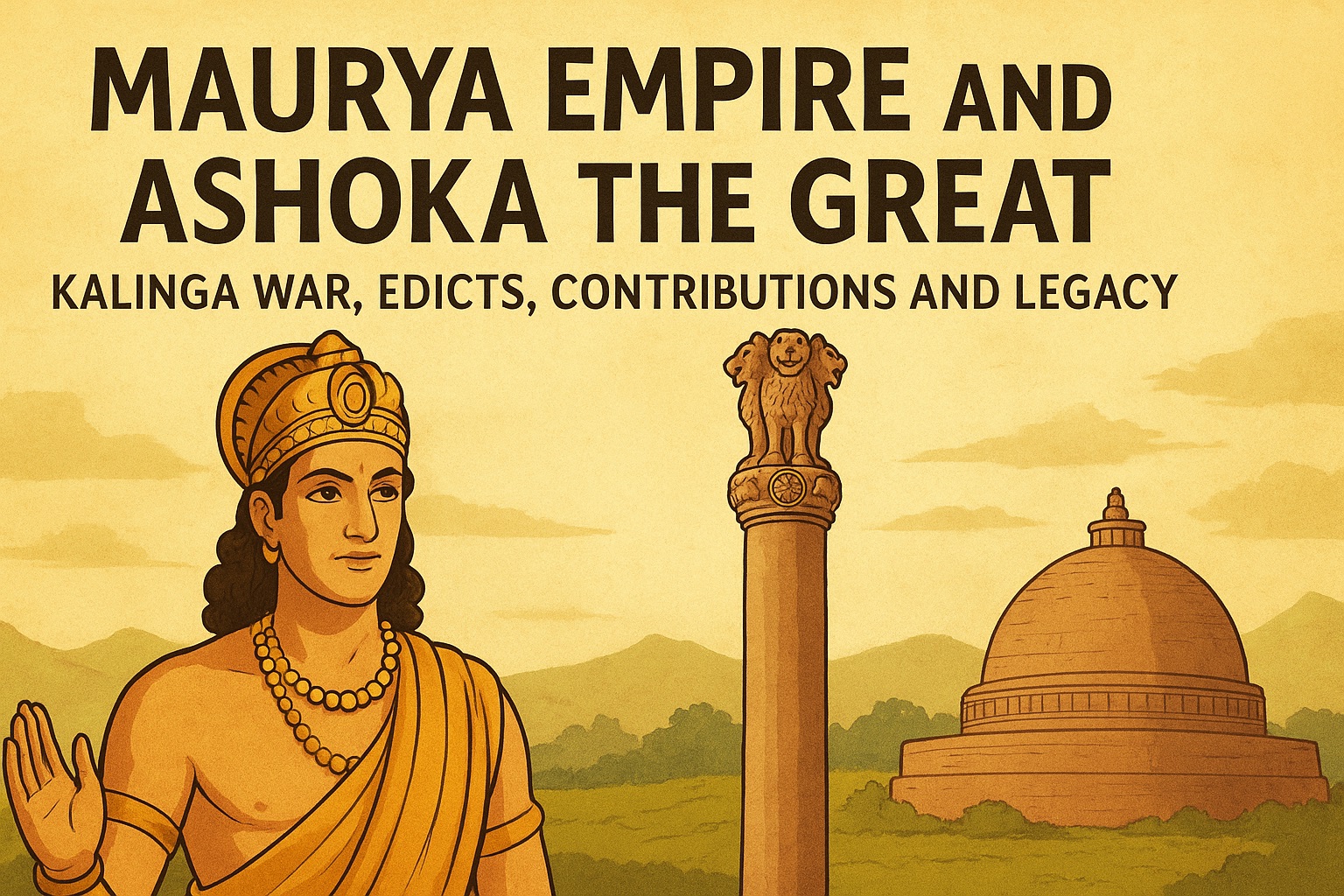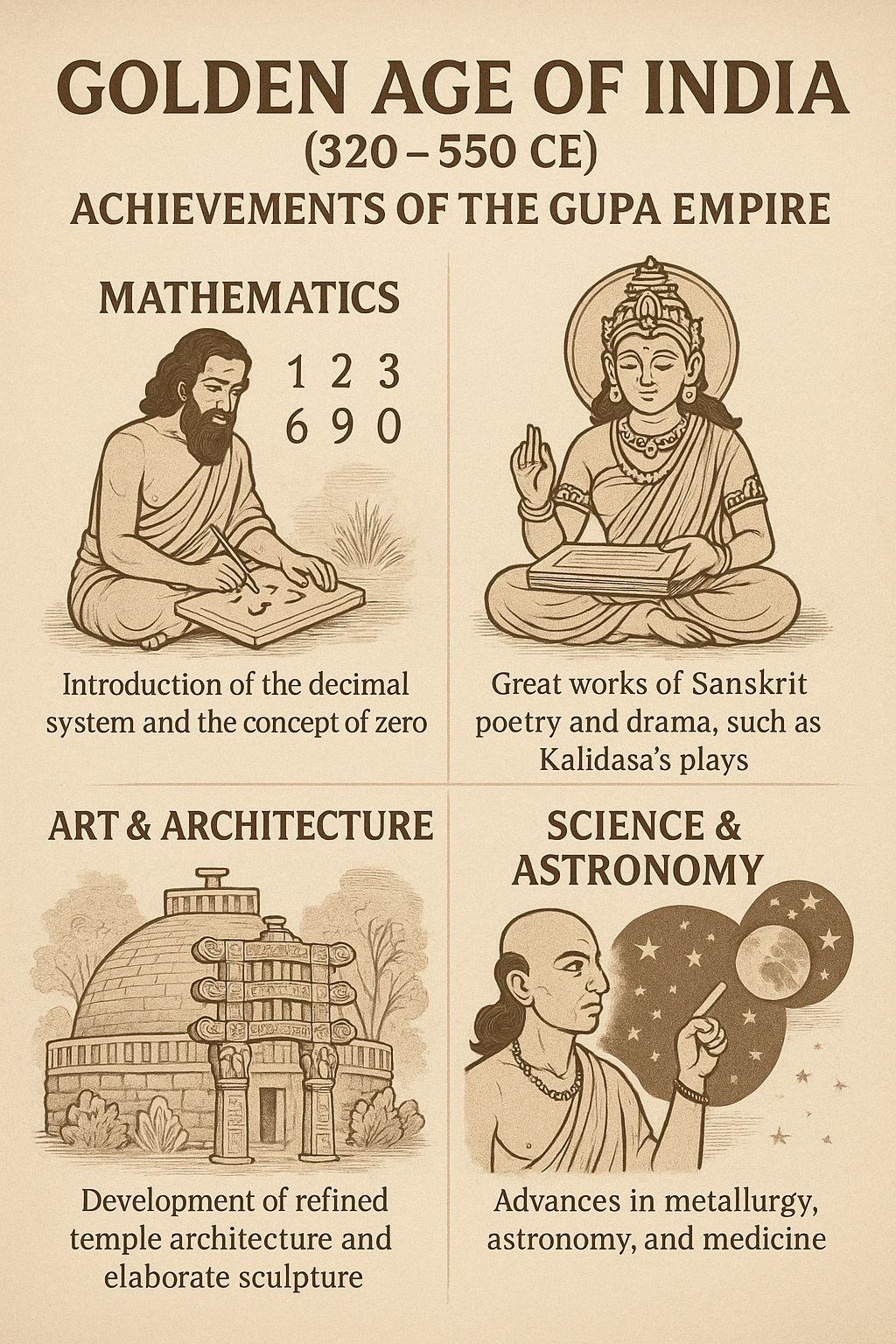“The Unknown Letter — सावित्रीबाई फुलेंना मिळालेलं गुप्त पत्र ज्याने शिक्षणक्रांती वेगाने वाढली”
“The Unknown Letter — सावित्रीबाई फुलेंना मिळालेलं गुप्त पत्र ज्याने शिक्षणक्रांती वेगाने वाढली” या लेखात इतिहासाच्या एका कमी-ज्ञात पण अत्यंत प्रेरणादायी घटनेचा उलगडा केला आहे. संघर्षाच्या काळात सावित्रीबाई फुले यांना मिळालेलं रहस्यमय पत्र त्यांचा लढा अधिक ठाम, धैर्यवान आणि प्रभावी बनवतं. शिक्षण, समाजसुधारणा आणि महिला सक्षमीकरणाला चालना देणाऱ्या या घटनेचा भावनिक आणि प्रेरणादायी प्रवास या … Read more






